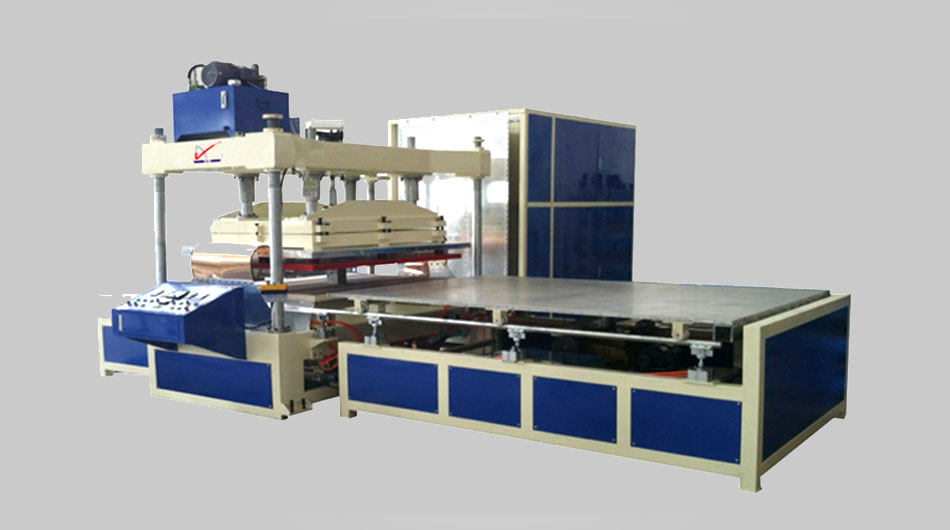

0086-15168150475
sunny@davison-machinery.com/davison@dongxiong.com
High-frequency welding machines are relatively common a […]
High-frequency welding machines are relatively common advanced welding equipment today. Compared with traditional welding equipment, high-frequency welding machines have many advantages. However, even the best equipment will have problems. Today, I will explain to you Common fault problems of frequency welding machine.
The high-frequency welding machine has many protection devices. When there are over-temperature, over-current, over-voltage, and lack of equivalence problems, it will sound an alarm. Here is a detailed explanation of the cause of the failure:

1. Water shortage protection alarm: This situation is mostly caused by the reverse connection of the water pipe, the insufficient power or pressure flow of the water pump (the machine tool cooling pump cannot be used), and the blockage of the waterway.
2. Overheating protection alarm: This situation is mostly caused by insufficient water flow, too little cooling water, or blockage of the waterway.
3. Overcurrent protection alarm: This situation is mostly due to the incorrect shape and size of the self-made induction coil, the short-circuit and ignition phenomenon between the workpiece and the induction coil or the induction coil itself, the distance between the workpiece and the induction coil is too small, and the prepared induction coil When in use, it is affected by the customer's metal fixture or nearby metal objects.
4. Overvoltage protection alarm: This situation is mostly caused by the grid voltage being too high and exceeding 10% of the rated voltage or it is used when the power consumption is low.
5. Phase failure protection alarm: This situation is mostly caused by serious imbalance of three-phase power, lack of one phase of three-phase power, or air switch or open circuit in the power supply line.
6. The equipment suddenly stops working: This situation is mostly caused by the fact that the gap between the workpiece and the induction coil is too small, the shape and size of the self-made induction coil is incorrect, or there is a short circuit between the workpiece and the induction coil or the induction coil itself. .
The above is an analysis of the common faults of high-frequency welding machines. I hope that the above knowledge can be helpful to everyone.
https://www.davison-machinery.com/